‘Live to 100: Secrets of the Blue Zones’: 6 Longevity Tips From Dan Buettner’s New Netflix Series

Juan Carrillo, and Dan Buettner in 'Live to 100: Secrets of the Blue Zones'. Photo: Netflix © 2023
“How many years will you get out of your body?”
“Most of us are leaving good years on the table.”
This is how bestselling author and educator Dan Buettner introduces his five-part documentary series, Live to 100: Secrets of the Blue Zone, now streaming on Netflix.
Buettner takes us to the so-called Blue Zones — population clusters with extraordinary numbers of centenarians and people who remain healthy and active well into their 90s.
He visits Sardinia, Singapore, the island of Okinawa in Japan, Nicoya in Costa Rica, Loma Linda in California and the island of Ikaria in Greece. His mission is to find out what people in these diverse places are doing to achieve this remarkable longevity and what, if anything, they have in common.
His conclusion: it’s not so much individual lifestyle choices and habits that account for long, healthy lives, physically and mentally, in the Blue Zones as it is the lifestyles and choices imposed by the environment and culture.
Human beings, says Buettner, “evolved in an environment or hardship and scarcity and now we’re living in an environment of ease and excess.”
People in the Blue Zones, he says, “live longer without trying. They’re living life and staying sharp until the very end.”
This leads him to try to reshape, with the support of citizens and officials, the environment in Albert Lea, MN, a small city of 18,000 residents, and in Ft. Worth, Texas. The goal is to replicate some of the factors that contribute to longevity in the Blue Zones.
And the point of the series is to inspire and encourage every viewer to do the same. Here are some of the factors that contribute to longevity:
Moving Naturally
People in the Blue Zone don’t need to join gyms or make time for exercise in their day. “They’re moving naturally all day long,” says Buettner. “They don’t even know it but they’re exercising, burning calories.”
They’re walking, gardening for important food sources, doing housework and yard work.
In a mountain village in Sardinia, for example, they have to climb steep roads and paths, which requires an extra expenditure of energy. Buettner reports, “One of the biggest predictors of longevity was how steep your village is.”
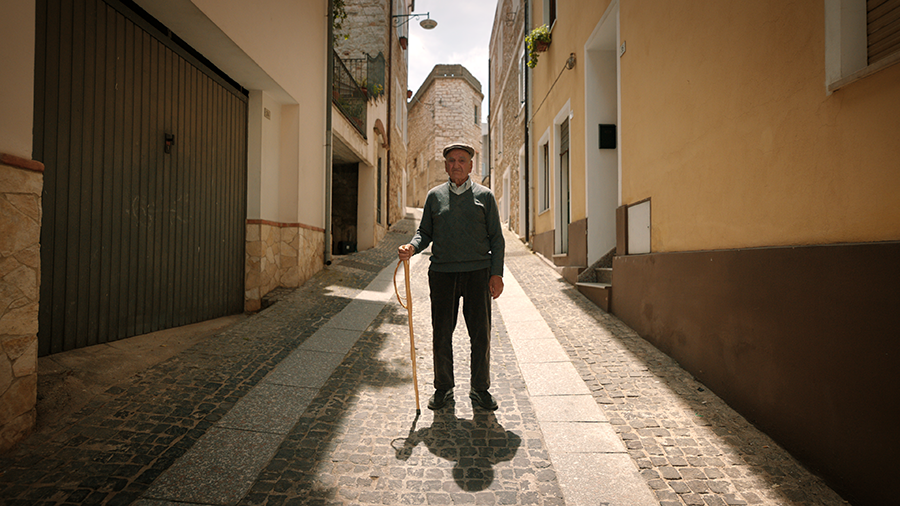
In Okinawa, Buettner notes that homes have very little furniture and people often sit on the floor. Getting up and down all day is the equivalent of doing squats that strengthen lower body muscles.
What We Can Do: Walk to destinations or walk the dog, garden, take the stairs instead of the elevator, don’t rely on work-saving machines or gadgets like robot vacuums and electric food choppers, cook from scratch, do things by hand, keep moving as much as possible, whenever possible.
Eating Low-Calorie, Nutritionally Dense Foods, Not Too Much
In Nicoya, Costa Rica, the trifecta of corn, beans and squash, mainstays of the diet, supply the same complete protein as meat when eaten together. In Okinawa, purple sweet potatoes account for about 70 per cent of the diet and supply dietary fibre, vitamins A and C, and minerals like calcium, magnesium, potassium, zinc and anthocyanin, a naturally occurring antioxidant. They also consume an average of three ounces of soy per day. The Seventh Day Adventists in Loma Linda mostly eat a plant-based diet, consisting of fruit, vegetables, nuts, whole grains and beans.
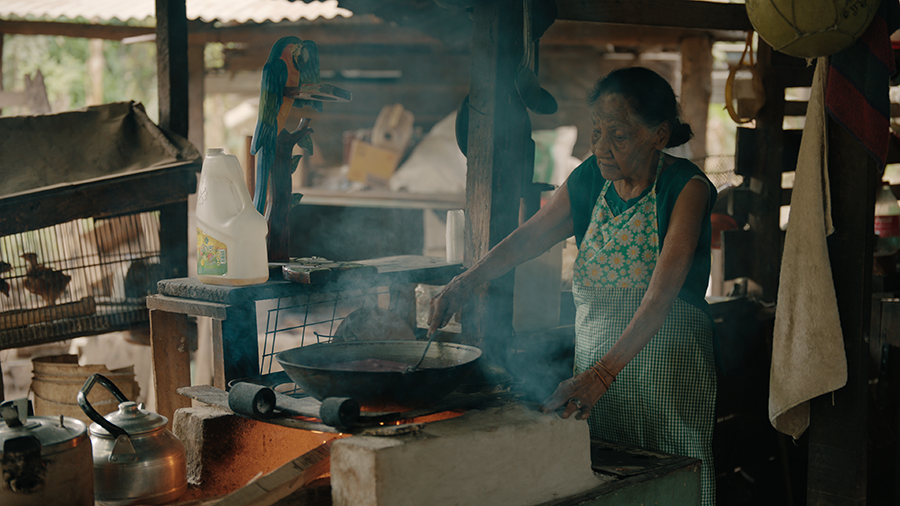
Residents of Ikaria drink lots of herbal teas with anti-inflammatory and antioxidant properties, consume nutritious raw honey, use olive oil instead of animal fat and enjoy a glass of wine. People in the Blue Zones, “Enjoy eating delicious food,” says Buettner. But it’s not only which foods are eaten or avoided but how much food is eaten. Okinawans say hara hachi bu before eating. It literally means “eight out of ten,” but is a constant reminder to stop eating when you’re 80 per cent full.
What We Can Do: Lessen or eliminate animal-derived food, avoid fast food and processed food, drink herbal tea, eat fruit and vegetables and nuts (and Japanese purple sweet potatoes, if you can find them). Stop eating before feeling full.
Have Purpose, Find Meaning, Observe Tradition and Societal Norms
The Seventh Day Adventists of Loma Linda live in a faith-based community that places a high value on volunteering and community activities.
Residents of Okinawa practise sacred daily rituals.
And in Nicoya, Costa Rica, people cherish the idea of plana da vida — a sense of purpose.
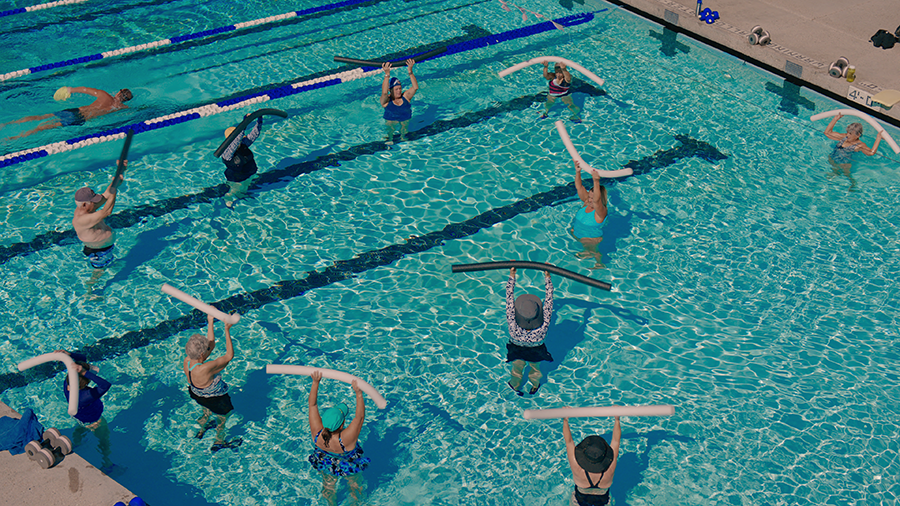
What We Can Do: Take advantage of the many volunteer opportunities available in our communities, go for nature walks, engage in lifelong learning. Observe or initiate traditions that are meaningful to you, whether meditating, doing yoga, attending religious services, visiting family graves or lighting memorial candles.
Staying Connected and Active
In Okinawa, people belong to moai, friendly support and social groups that include some financial support when appropriate. “Loneliness can cost 15 years in life expectancy,” notes Buettner. “Casual interactions, for example with a barista or delivery person, are a better predictor of longevity than diet and exercise,” he says. Find cycling groups, head to the pickleball courts, play tennis. “People who play tennis have the highest life expectancy,” he points out.
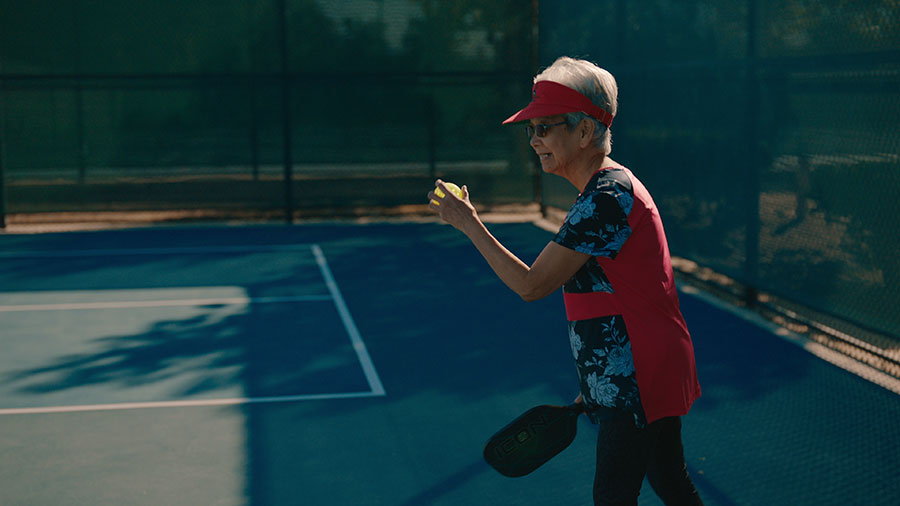
What We Can Do: Stay in touch with friends and make plans to do things together, even if it’s just a walk or meeting for coffee (although herbal tea would be better). Offer help when it’s needed or welcomed. Join a book club or start one. Chat with people in your condo elevator or neighbourhood. Find a community garden to tend if you don’t have your own garden.
Revering Family
In Okinawa and Ikaria, there are no long-term care or retirement homes. Elderly people live with their children or other family members. Singapore has a proximity housing grant, which offers financial support to family members who move to be close to someone needing care. “When a parent is put in a retirement home, life expectancy drops two to six years,” notes Buettner. When there’s no alternative, find one that’s nearby, he suggests.
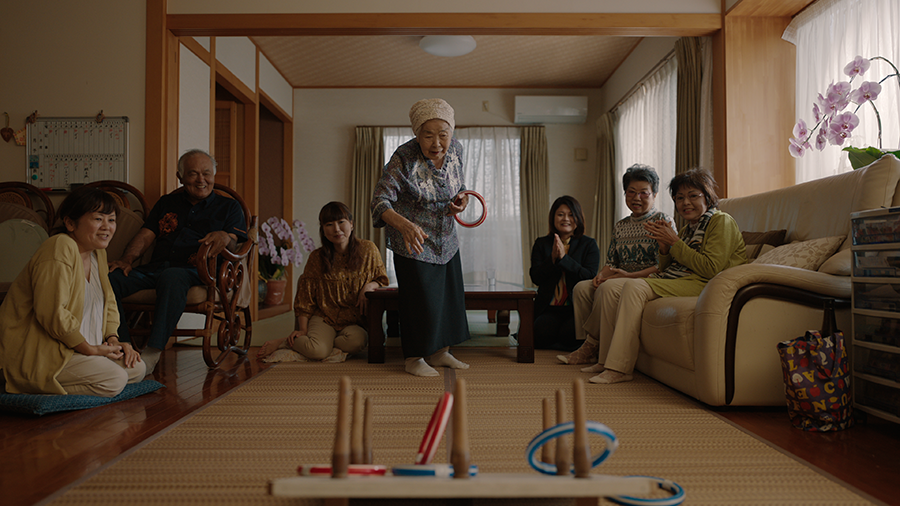
What We Can Do: Work to change policies regarding how long-term care homes are built and administered. Consider all possibilities for elderly relatives and stay actively involved in their lives even if they’re not living with you. Build regular family visits and occasions into your schedule.
Slowing Down to Make Time for Things That Really Matter
Umeto Yamashiro, an Okinawan aged 101, advises, “Always have fun with everyone. Laughter brings us longevity.” She adds, “Don’t get angry.” In Sardinia, which has the highest concentration of male centenarians in the world, many men are shepherds and are able to control the stress in their lives. In every Blue Zone, enjoying time with family and friends is a given.
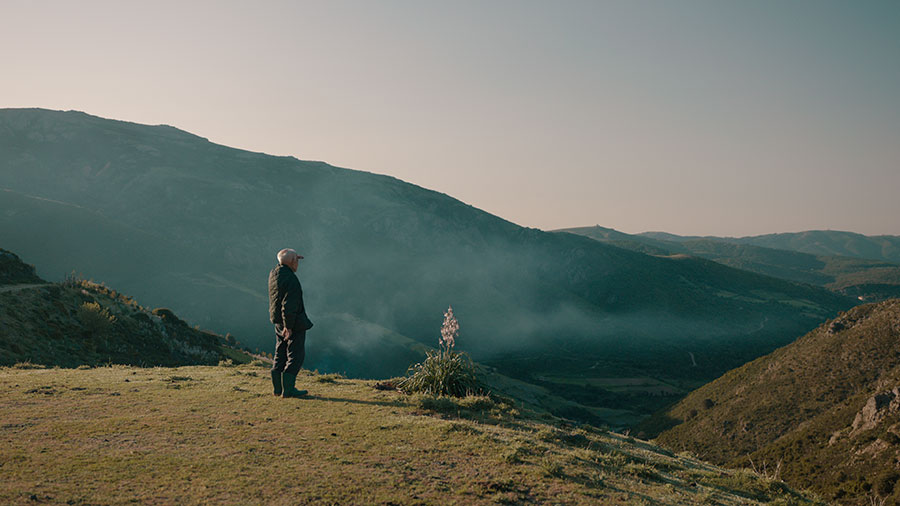
What We Can Do: Plan vacation time that is stress-free, take refreshing naps, use leisure time wisely instead of doom scrolling or playing online games, learn how to deal with stress and eliminate it as much as possible from your life. Do things that are fun with people who are fun to be with.
RELATED:
Finding Joy at Age 100: Talking to Centenarians About Living Their Best Life at Any Age
California Dreaming: Centennial Celebrations and a Nostalgic Tour of Old Hollywood
The Rise of the Centenarian: Why More of Us Are Living to 100